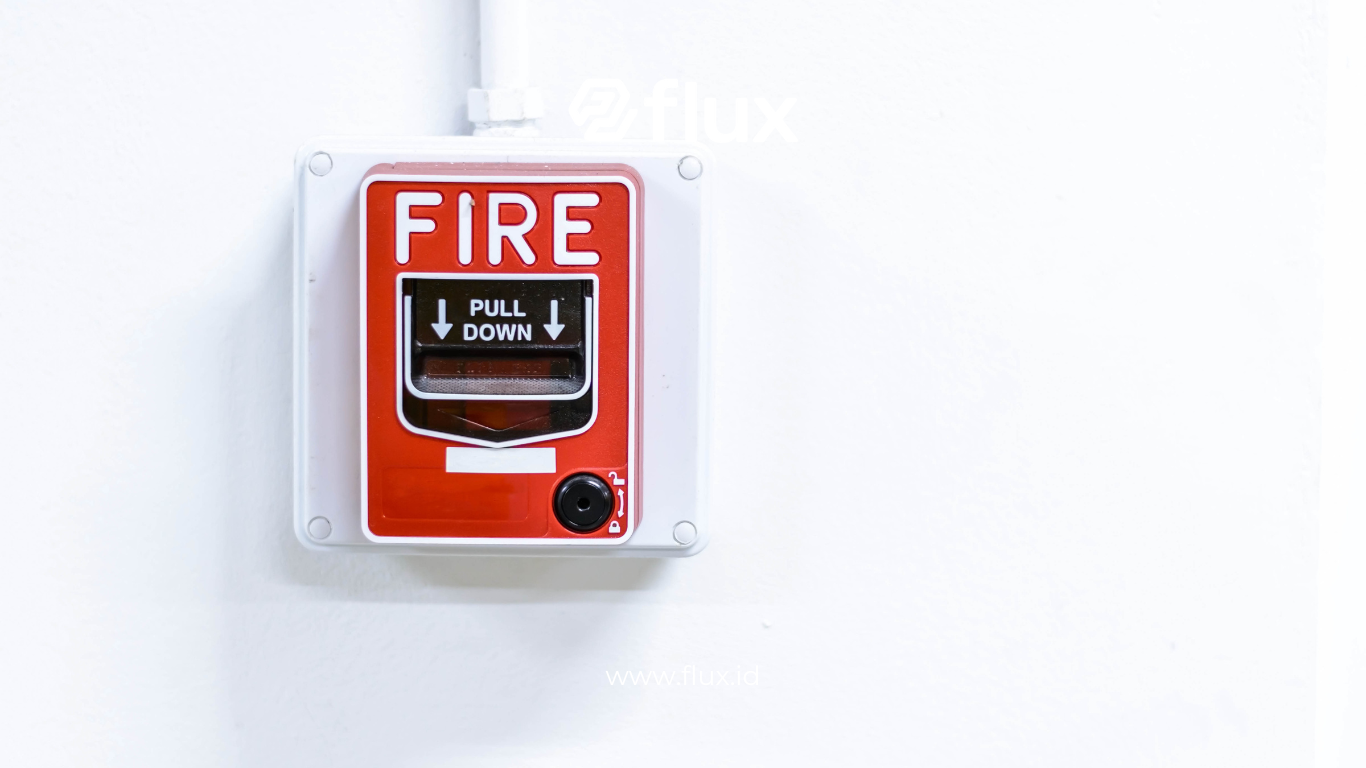Don't miss our holiday offer - 20% OFF!
In today’s digital era, technology plays a crucial role in enhancing the quality of life for citizens. One of the leading innovations significantly contributing to urban safety is fire and gas sensors. These technologies not only offer early detection of fire and gas leak threats but also ensure quick response from authorities, which reduces risks and potential damages. This article will discuss how fire and gas sensor technology works and its benefits for protection and response in smart cities.
Contents
- 1 1. What is a Smart City, and Why Does It Need Sensor Technology?
- 2 2. How Do Fire and Gas Sensor Technologies Work?
- 3 3. Implementing Fire and Gas Sensors in Smart Cities
- 4 4. Benefits of Fire and Gas Sensors for Smart City Safety
- 5 5. Success Stories of Fire and Gas Sensor Implementation
- 6 6. Challenges in Implementing Fire and Gas Sensors
- 7 7. The Future of Fire and Gas Sensor Technology
- 8 Conclusion
1. What is a Smart City, and Why Does It Need Sensor Technology?

Read More: Smart City Transformation: Understanding the Role of IoT Sensors in Optimizing Urban Infrastructure
A smart city integrates information and communication technology (ICT) with Internet of Things (IoT) devices to manage city assets and improve residents’ quality of life. These cities aim to create safer, more efficient, and sustainable environments. Therefore, fire and gas sensors are critical components that help detect threats quickly and allow for effective preventive actions.
2. How Do Fire and Gas Sensor Technologies Work?

Read More: How Fire and Gas Sensors Work: Ensuring Smart City Safety with Advanced Technology
2.1 Working Principles of Fire Sensors
Fire sensors typically use a combination of smoke, heat, and flame detection technologies. For example, smoke sensors use ionization or photoelectric principles to detect smoke particles in the air. Meanwhile, heat sensors respond to sudden temperature rises, and flame sensors recognize the light spectra produced by flames. By combining these three types of sensors, fire detection becomes more accurate and faster.
2.2 Working Principles of Gas Sensors
Gas sensors operate by detecting certain gas concentrations in the air. Typically, these sensors use semiconductor technology or electrochemical leaching to identify flammable, toxic, or other hazardous gases. When gas concentrations exceed set thresholds, the sensors trigger warning signals. Consequently, gas leak threats can be addressed before they escalate into serious dangers.
3. Implementing Fire and Gas Sensors in Smart Cities

3.1 Strategic Locations for Sensor Installation
Authorities often install fire and gas sensors in locations vulnerable to fire risks or gas leaks, such as factories, densely populated residential areas, shopping centers, and other public facilities. By strategically installing these sensors, cities ensure early detection, which enables quick evacuation actions and efficient dispatch of emergency services.
3.2 Integration with City Management Systems
In smart cities, fire and gas sensors connect to city management systems, allowing real-time monitoring. The sensors send data directly to control centers, which can then activate alarms, send alerts to fire departments, and notify residents through mobile applications. This integration improves coordination among various parties and significantly reduces response times during incidents.
4. Benefits of Fire and Gas Sensors for Smart City Safety

Read More: Smoke Sensor Technology for Early Forest Fire Detection
4.1 Early Detection and Quick Response
Fire and gas sensor technology offers early detection, which is crucial in preventing major incidents. With faster detection, authorities can respond to emergencies more promptly, reducing reaction times and facilitating quicker evacuations. This approach not only lowers the risk of casualties but also minimizes property damage.
4.2 Reducing Operational Costs and Losses
Early detection enables authorities to take preventive actions before incidents escalate. As a result, cities can minimize operational costs associated with firefighting and disaster management. Moreover, economic losses from property damage and operational disruptions can also be significantly reduced.
4.3 Enhancing Public Trust
Effective implementation of fire and gas sensors enhances residents’ sense of security. This boost in safety contributes to greater public trust in city governments and public facility managers. With these technologies in place, communities feel assured that authorities are committed to safeguarding their well-being.
5. Success Stories of Fire and Gas Sensor Implementation
5.1 New York City
New York City serves as a prime example of a city that has widely implemented fire and gas sensor systems. These systems facilitate real-time detection of fires and gas leaks, directly providing critical data to the fire department and emergency services. Consequently, New York can ensure faster and more accurate responses to emergencies.
5.2 Singapore
Singapore is another leading smart city that leverages advanced sensor technology to enhance safety. The integration of fire and gas sensors into building management systems and public transportation allows for early detection of potential threats. This capability ensures that responses can be carried out efficiently and effectively.
6. Challenges in Implementing Fire and Gas Sensors

Read More: Improving Urban Air Quality with IoT Sensors: Technology and Benefits in Pollution Monitoring.
6.1 Need for Adequate Infrastructure
Implementing fire and gas sensors in smart cities requires robust infrastructure, including reliable communication networks to ensure data transmission is effective. Cities with inadequate infrastructure may struggle to fully adopt this technology. Therefore, infrastructure development is critical for the successful implementation of these sensors.
6.2 Installation and Maintenance Costs
Installing fire and gas sensors involves significant initial investment, along with ongoing maintenance costs. Governments and city managers must allocate sufficient budgets to keep these systems operational. However, considering the safety and protection they provide, these investments are generally considered worthwhile.
6.3 Data Security Challenges
As sensors continuously collect data, smart cities must address cybersecurity risks. Implementing strict security measures is essential to protect data from hacking and breaches. Hence, ensuring data security should be a top priority when deploying sensor technology.
7. The Future of Fire and Gas Sensor Technology
7.1 Integration with Artificial Intelligence (AI)
Future advancements in fire and gas sensor technology will likely include the integration of artificial intelligence (AI) for more sophisticated data analysis. AI can recognize patterns that indicate threats, make more accurate predictions, and suggest effective preventive measures. Therefore, this integration will significantly enhance the efficiency and effectiveness of sensor systems.
7.2 Development of More Sensitive and Efficient Sensors
Continuous research aims to develop more sensitive and efficient sensors capable of detecting threats more quickly and accurately. New-generation sensors are also expected to be more resistant to interference and have longer lifespans. This development will further improve urban safety.
7.3 Citizen Participation in Urban Safety
Smart cities in the future may encourage citizen participation in safety programs by using mobile applications that allow residents to report potential threats directly from their phones. Engaging citizens in this way enhances the overall effectiveness of fire and gas sensor systems. Thus, citizen involvement becomes a key element in creating safer urban environments.
Conclusion
Fire and gas sensor technology is crucial for enhancing protection and response in smart cities. Early threat detection allows for swift and efficient preventive actions, reducing risks to citizens and property. Despite implementation challenges, continuous technological and infrastructure development will make cities safer and more responsive to fire and gas leak threats. Ultimately, fire and gas sensors are not just safety tools; they are foundational to building smarter and more sustainable cities in the future.





